The Decommissioned Soviet Training Tank
Wünsdorf and its environs have a mystical pull on us. Its vast military history and plenty of Soviet military “leftovers” put us in its orbit. While Zossen and Wünsdorf Waldstadt are well- known and recorded, the surrounding woodlands, which had been employed as military proving grounds since the early twentieth century, nevertheless have mysteries waiting to be discovered. The woodland is filled with explosives, shrapnel, bunkers, ruins, and a Soviet “Übungspanzer” if you know where to look (training tank).
See More digitalcosmonaut.com youtube.com
The Kaiser, Nazis, and Soviets in the Zossen / Wünsdorf woods
The city of Berlin was becoming increasingly congested by the end of the nineteenth century as a result of the formation of the German Reich and fast industrialization. Between 1871 and 1906, the population expanded by more than 150 percent, from 826,341 to 2,073,521 people. The Kaiser’s troops, who had previously been stationed across Berlin, quickly ran out of room, particularly for military exercises and maneuvers.
In addition to the existing military proving grounds in Jüterbog and Döberitz (which we covered in this article), it was decided to build a new proving ground in Zossen, along with some fancy new military headquarters – which would become the Headquarters of the Reichsheer with the outbreak of the First World War. During this time, a POW camp called the “Halbmondlager” (Half Moon Camp) was built in Wünsdorf, which housed up to 5000 Muslim (but also Hindu and Sikh) Allied forces. This was also the location of Germany’s first mosque, which we shall discuss in another post.

With the large-scale demilitarisation of Germany following World War I, the German military momentarily gave up the Truppenübungsplatz Zossen, but rearmament in the region quickly resumed. While the Weimar Republic had previously stationed a small number of motorized troops in Wünsdorf in the early 1930s, the Nazis chose to step up their rearmament ambitions and stationed the Panzer- Regiment 1, the 3rd Panzer Division, and the Heereskraftfahrschule in Stammlager Zossen and Wünsdorf. At the same time, the Nazis decided to establish the Oberkommando des Heeres at Wünsdorf.
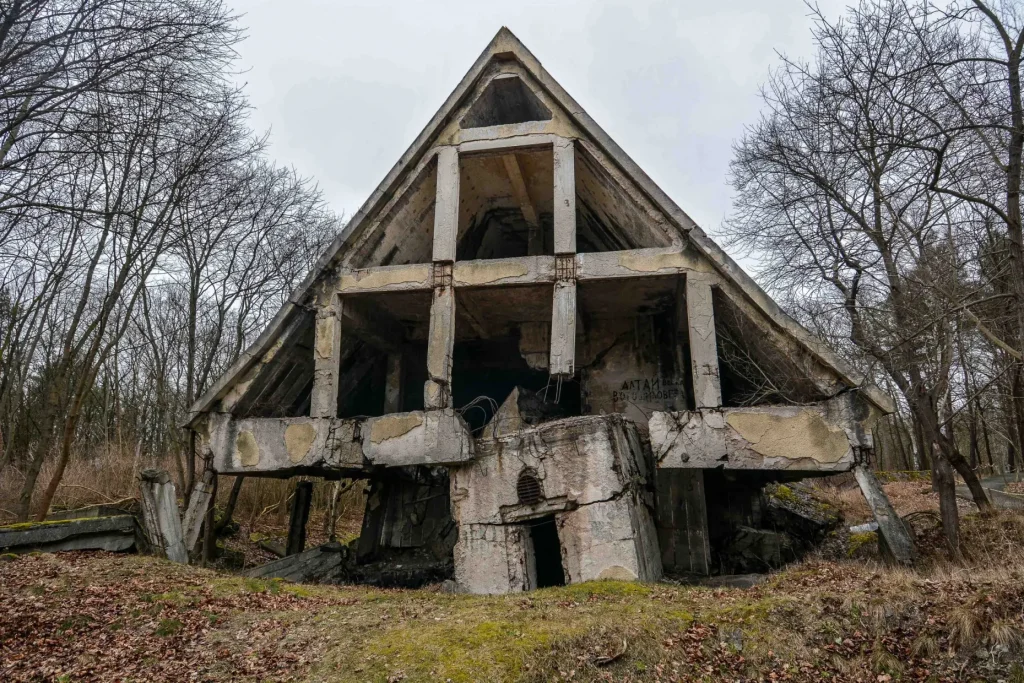
On April 21, 1945, the Soviet Red Army, notably the 3rd Guards Tank Army, swept into Stammlager Zossen and took over the facility without opposition. The Soviets established Wünsdorf as the headquarters of the Group of Soviet Occupation Forces in Germany, increasing the Soviet population in the region to around 75,000 at its height, confirming the nicknames “die verbotene stadt”(the forbidden city) and “Klein Moskau” (little Moskau) (little Moscow).
The 69th Motorised Rifle Unit (69- мoтострелков олк), which had previously been stationed in Cottbus, was transferred to the Military Town Nr.4 in Wünsdorf in 1954, primarily as a flagship regiment.
Zossen Wünsdorf Truppenübungsplatz
Wünsdorf was basically the genesis of German tank development in the “modern” era. Heavy tanks military base near Kazan under the codename “Großtraktor” in the mid-1920s. With Hitler’s ascension to power, the Germans drew their personnel and relocated them to Zossen, where the Panzertruppenschule Wünsdorf was formed, basically leading the development of German tank training and tactical development.
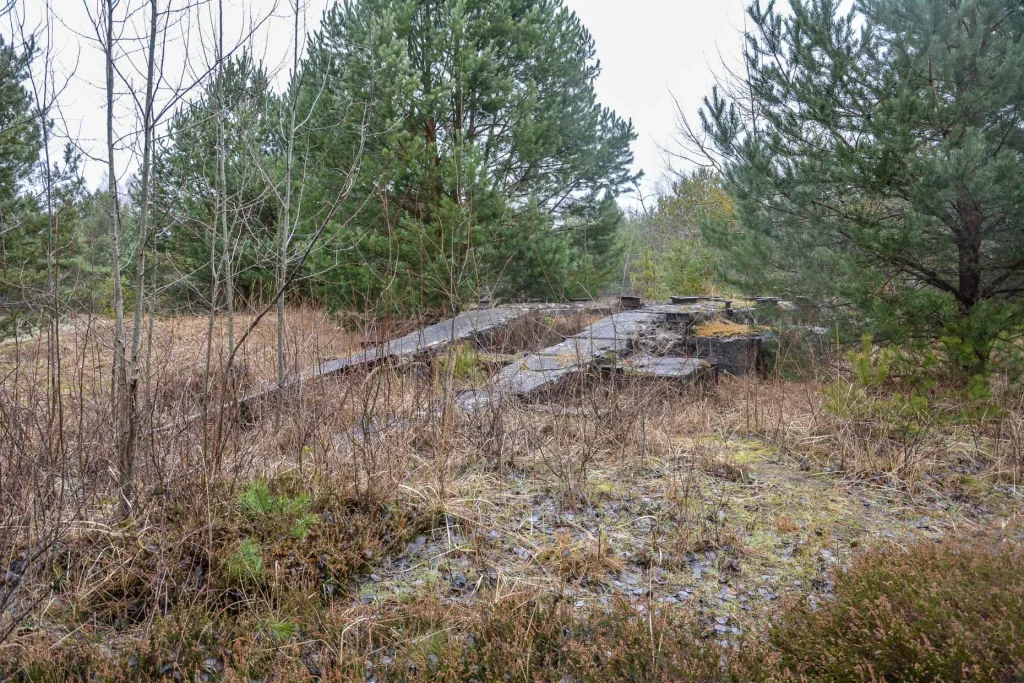
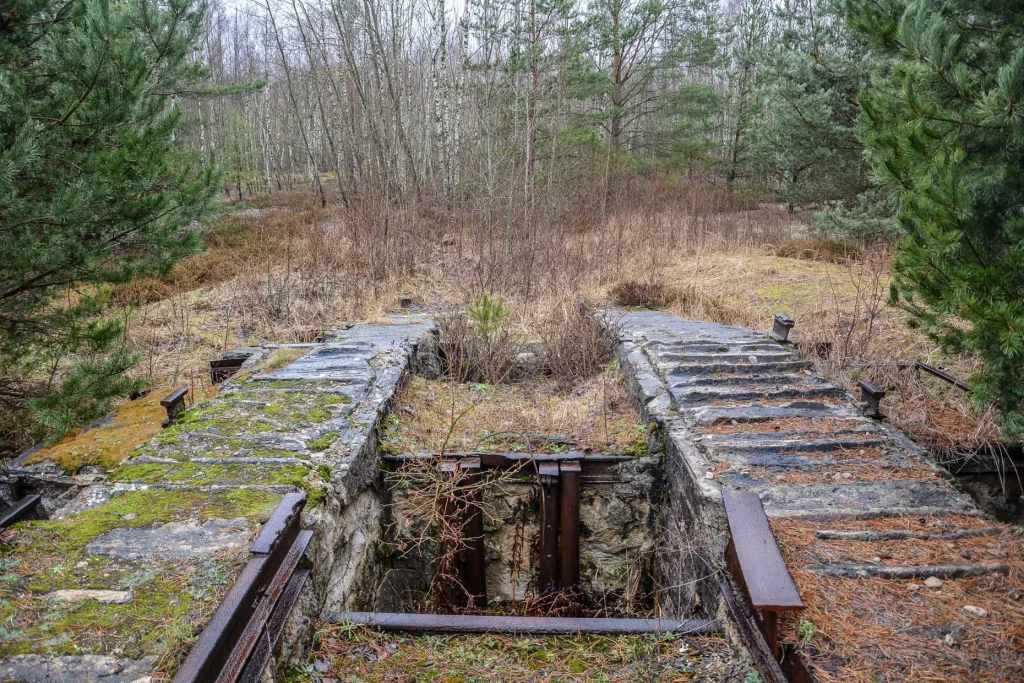

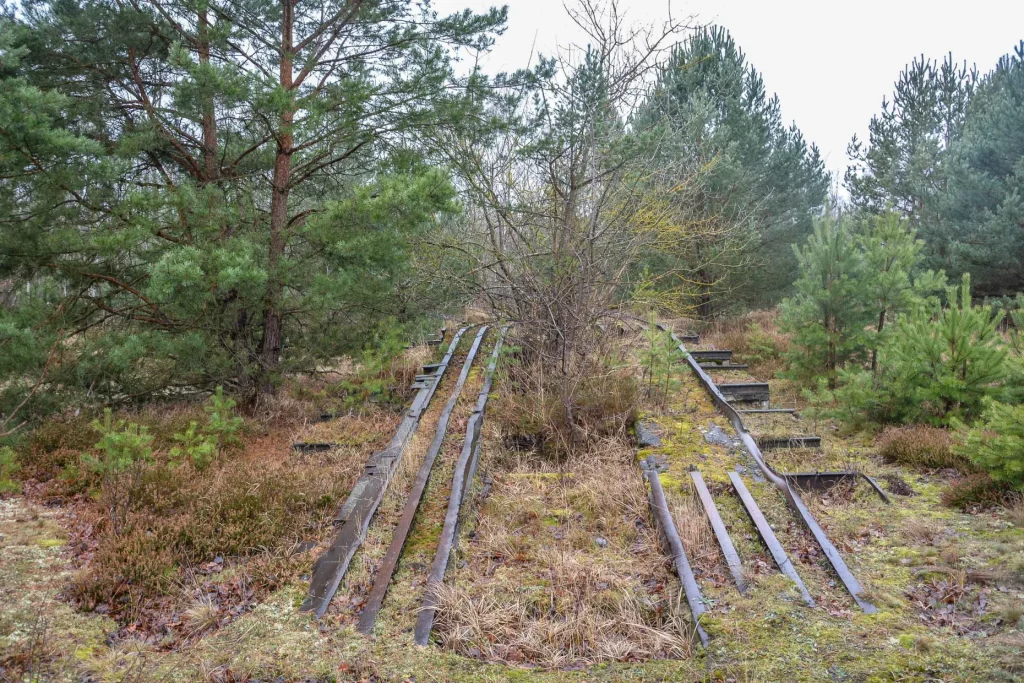
Of course, the Germans constructed trenches, bunkers, and other training buildings throughout the Truppenübungsplatz Zossen Wünsdorf, all of which fell neatly into the hands of the Soviets when they arrived in 1945. After Wünsdorf was transformed into a fortified Soviet city within East Germany, the soviets expanded the existing military structures and modernized the proving ground to meet their requirements (a similar story can be found with the Artillerie Kaserne in Eberswalde and the Panzerkaserne in Bernau).
Of course, they exploited the territory in the same way that the Reichswehr and Nazis did, training troops and tank units in the sandy woodland. If you spend enough time walking through the woods and fields, you’ll come across tank platforms and even a “tank pool,”which might have been used for tank cleaning or deep wading training (think of tank snorkeling).

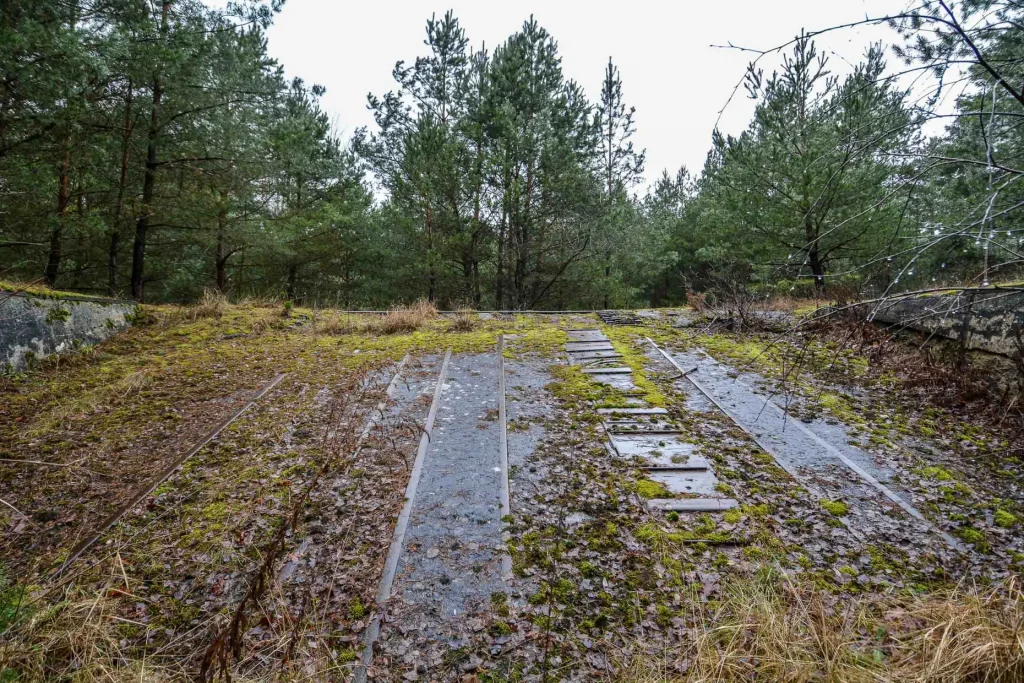
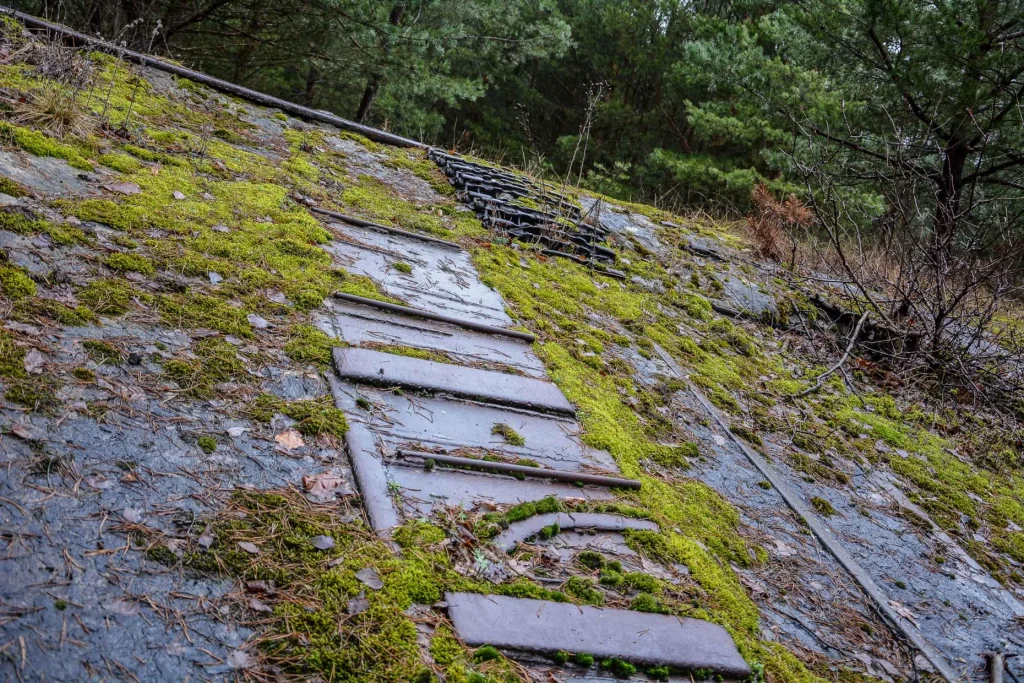


Wünsdorf’s Abandoned Soviet Tank
The final Russian military cargo departed the Wünsdorf railway station on October 8, 1994, and while the Russians were eager to take nearly anything that wasn’t fastened down, they did leave behind an amazing mix of equipment, rubbish, monuments, personal possessions, and munition.
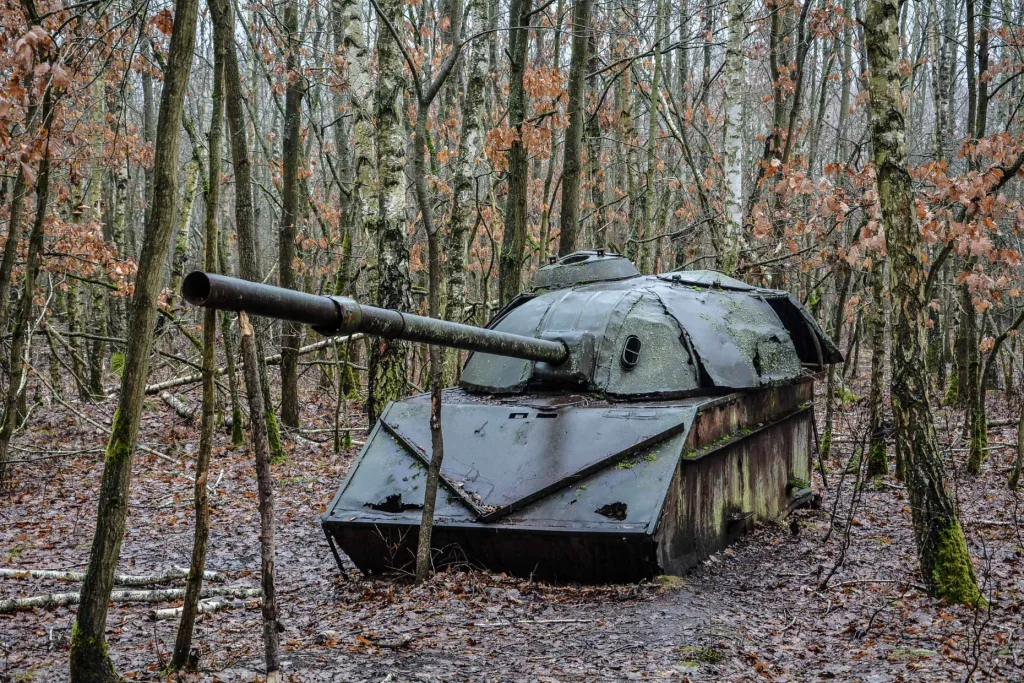
So, while we could go on and on about the history of Wünsdorf and its environs, the actual purpose for this essay is what we discovered deep in the forest. Venturing through the still polluted – but gorgeous – wildlife reserve, one may still uncover dozens of reminders of what happened here. Some of the fields are littered with bullet-riddled shrapnel, and military equipment is still laying alongside the roadways. While other Soviet remnants are more evident, a far more dangerous reminder lurks among the woods.
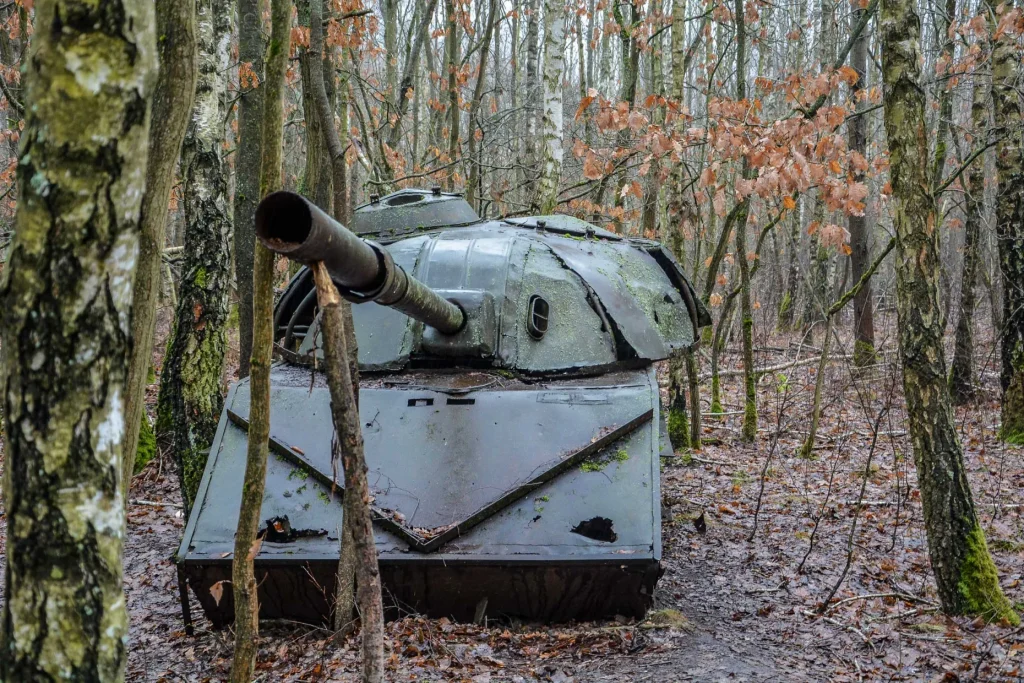
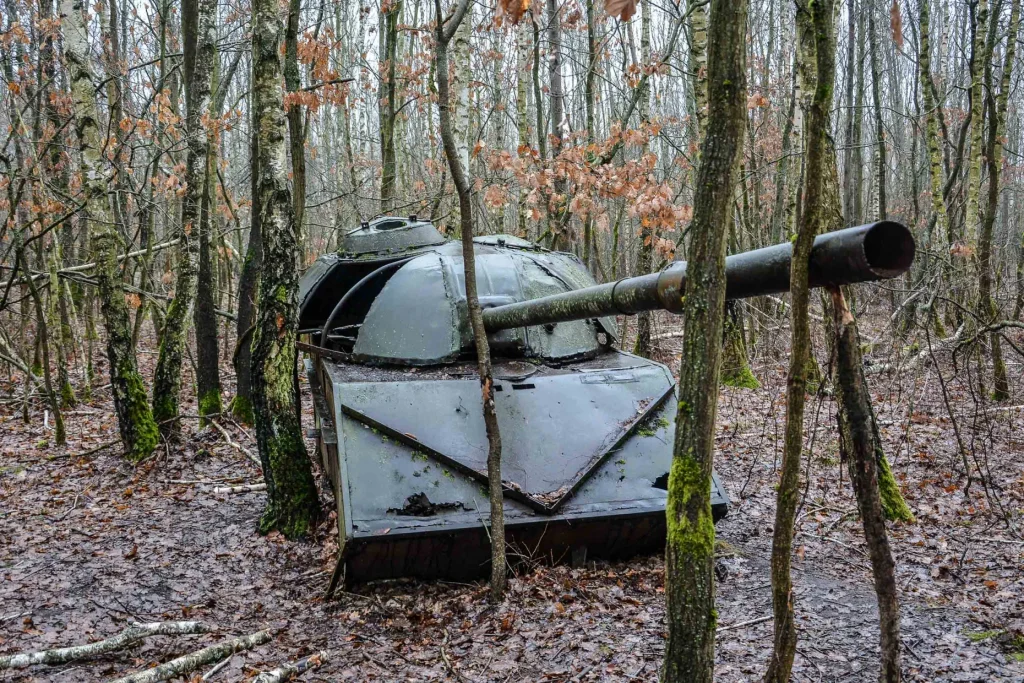
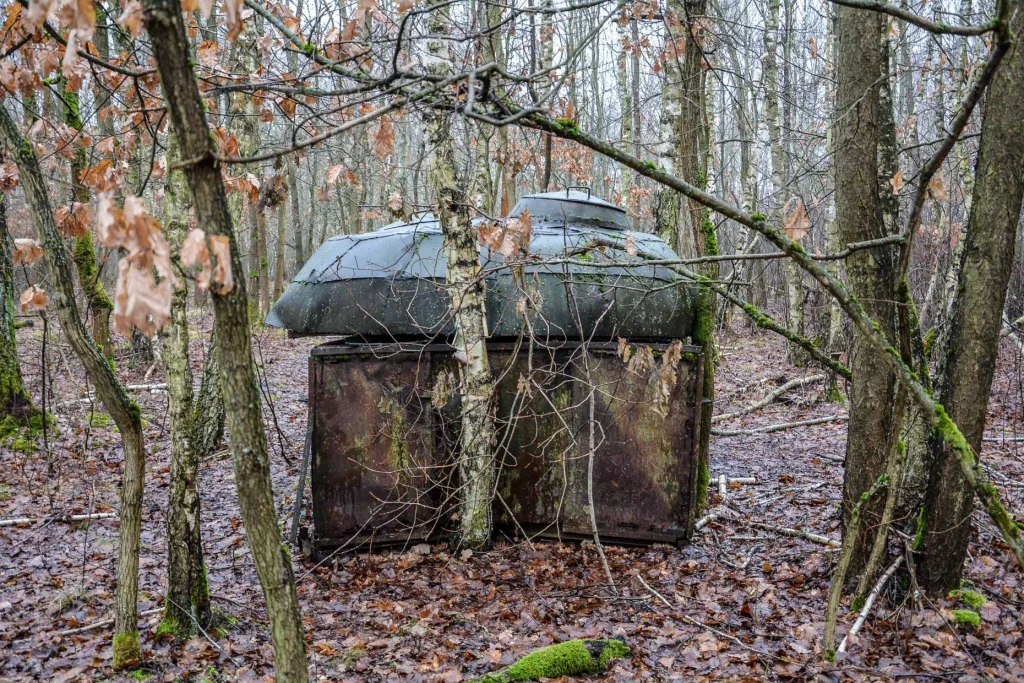


The unique shape is readily recognized as you pass through the trees, and after a few more feet, you can make out the long barrel aiming at some fictitious target in the distance. However, the tank’s look grows increasingly weird as you approach closer. The tank’s barrel is secretly resting on a shattered tree, the metal dome and skin are suspiciously thin, and the panzer in the woods has no wheels.
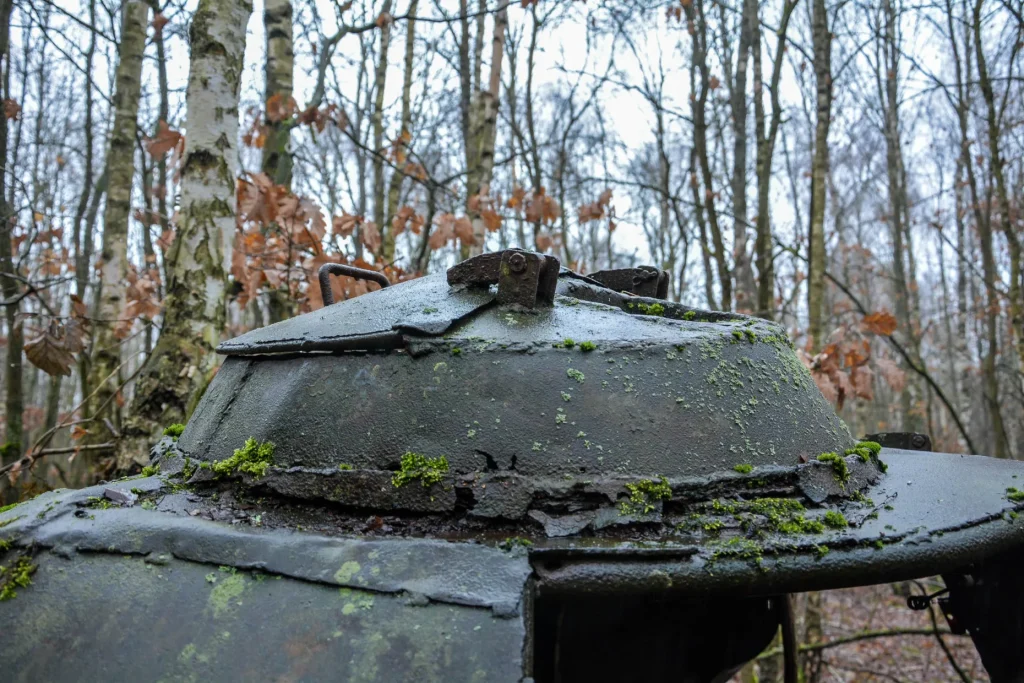

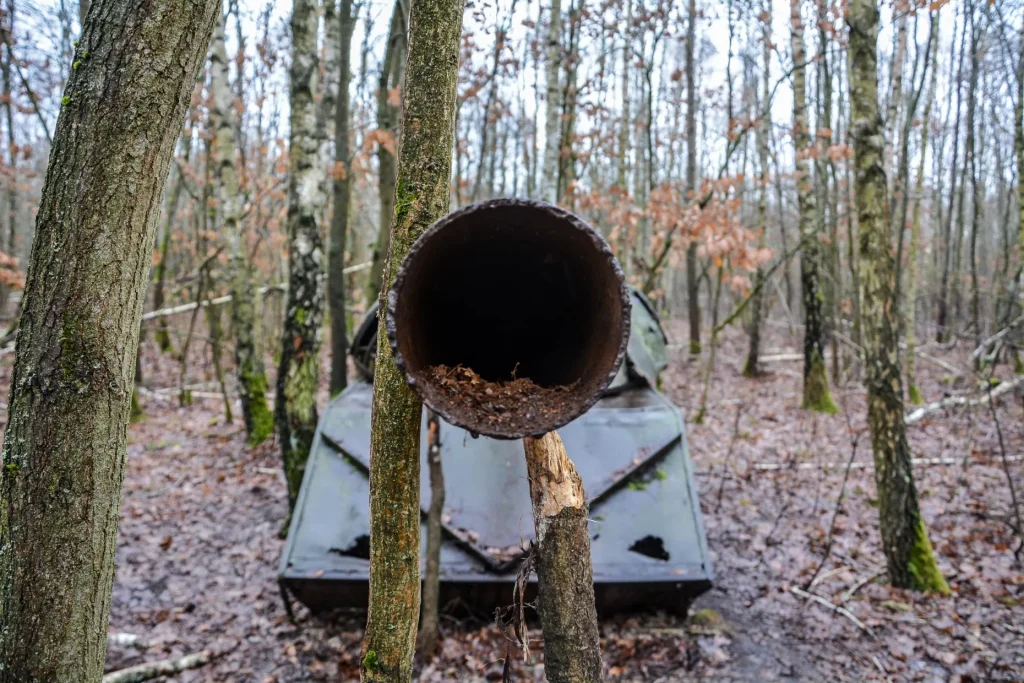
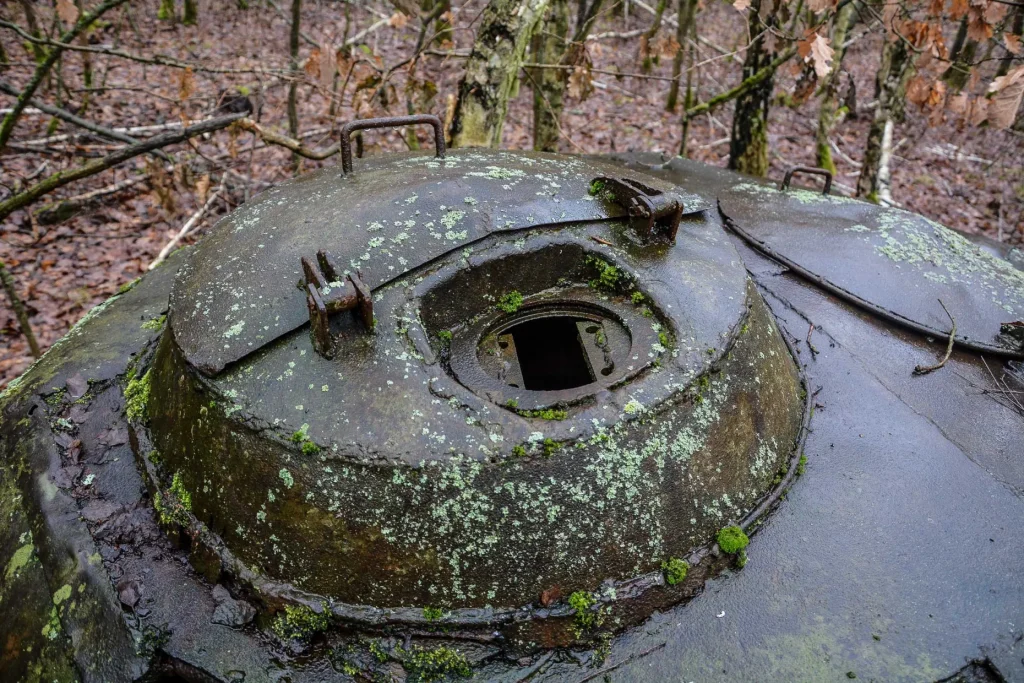
So, what precisely is this? It is not, however, a “dummy tank,”as some may believe. Dummy Tanks were most typically manufactured of wood or inflated rubber/canvas to fool and provide the illusion of a military presence. This tank in the woods was definitely constructed of (thin) steel and was way too heavy to inflate or deploy rapidly.
It’s also not a target practice piece, since there are no bullet, impact, or shrapnel holes, and the existing holes result from rusting out in the open for the previous 30 years. The final piece of the picture fell into place by chance: there’s a very identical model tank inside a building in the abandoned Vogelsang Military Base, plainly labeled as a training model.
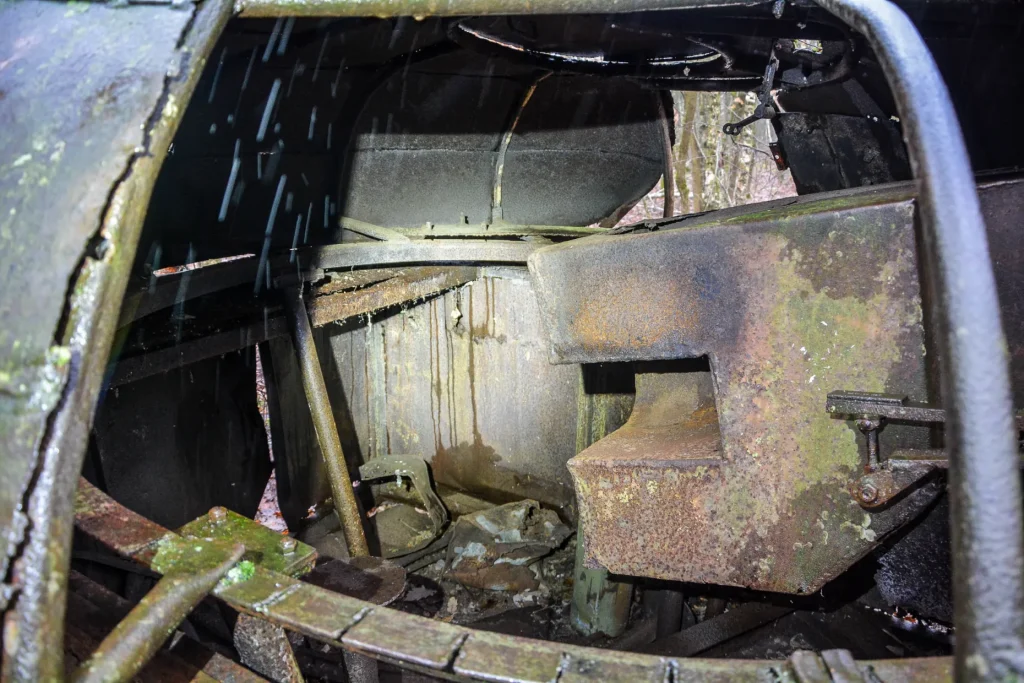
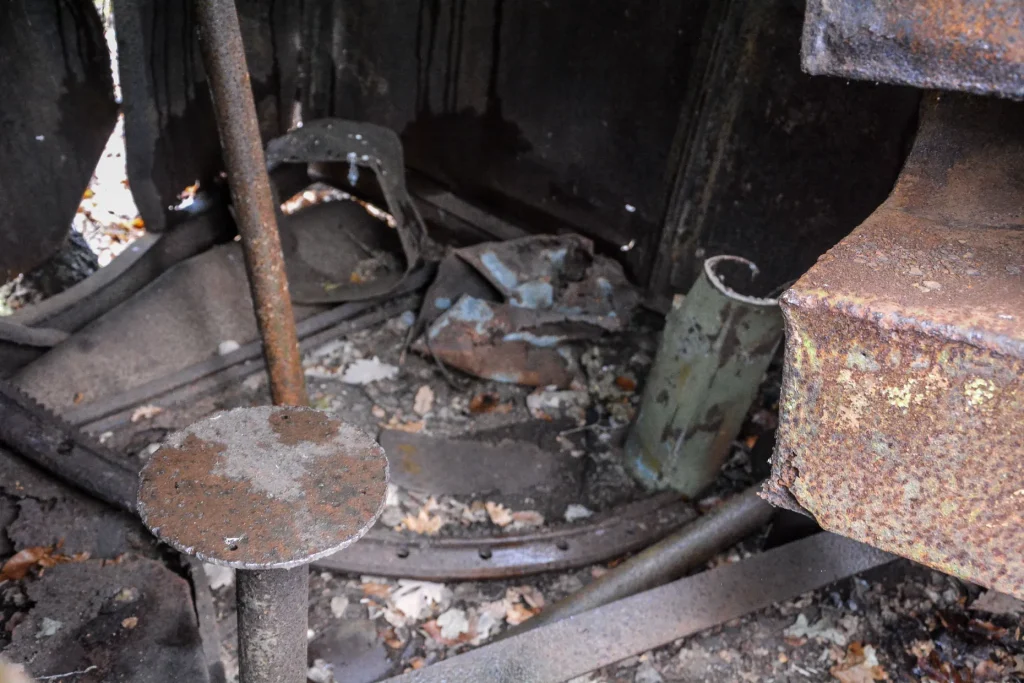
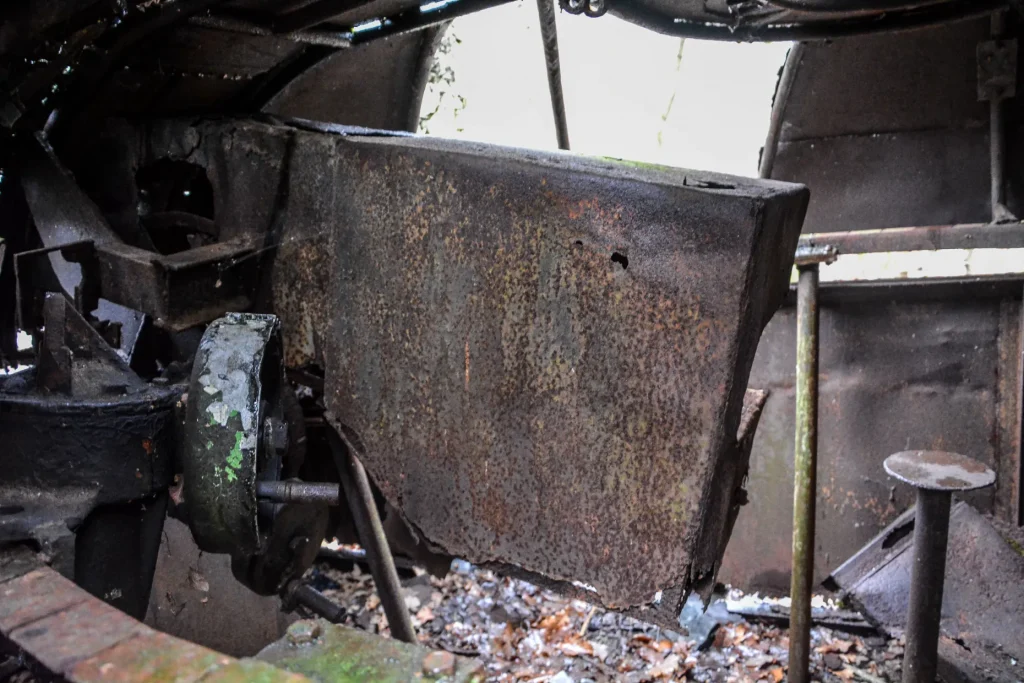
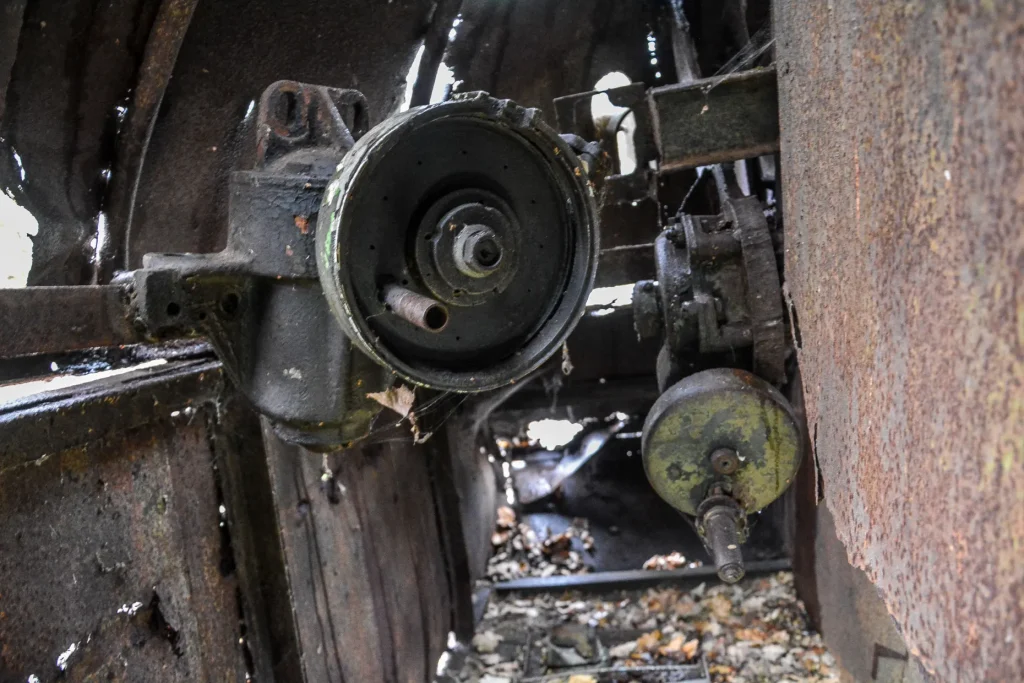
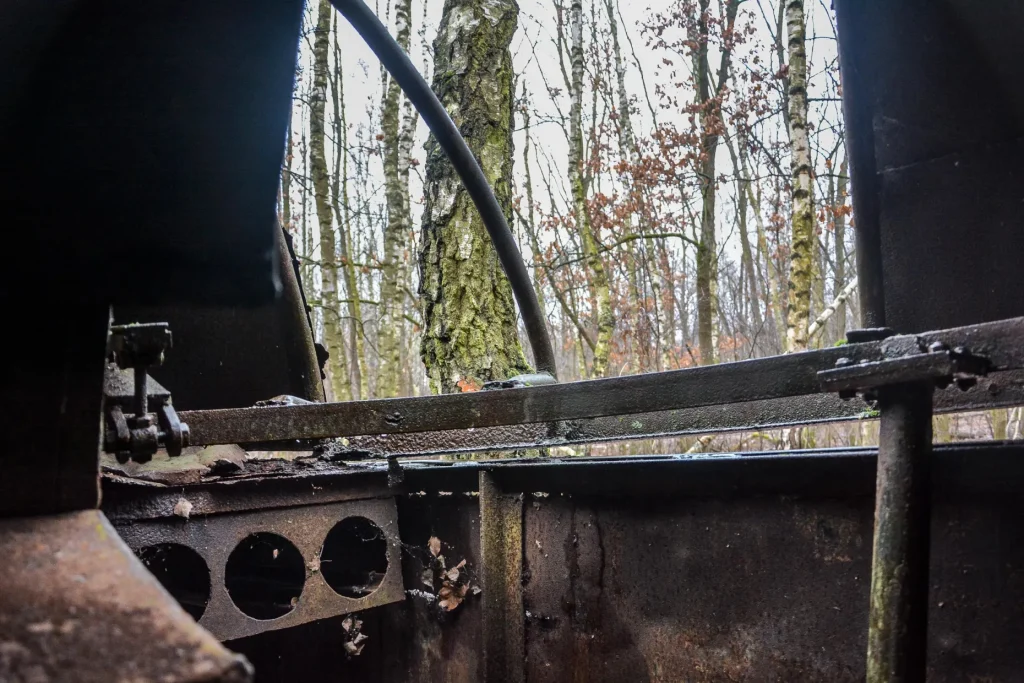
As a result, the only plausible conclusion is that this was a training tank (albeit an open air version). The cabin was once outfitted with (at least) two seats and the instrumentation to practice loading and aiming the turret, and was modeled after what we think to be a Soviet T-54 Tank. Obviously, not much of the inside remains; some components were most likely taken, while others just rusted away.
There’s no telling how the Übungspanzer wound up in this remote corner of Wünsdorf’s woodland, or how long it’s been there. But, judging by its contemporaries, such as this 1950s Tram employed as Soviet target practice, it appears to have a few years left to rust.
While we are generally too lazy to record things while we are out and about, we have decided to make a more concerted effort to catch at least a few minutes of footage. We were (un)lucky enough that it started pouring heavily on the day we set out to discover the Soviet Übungspanzer. The video is a little shaky, but that’s to be expected when you’re fumbling through the woods.
One Last Thought on the Abandoned Tank
There’s so much more to uncover in and around Wünsdorf, and we’ve just scratched the surface so far. The Übungspanzer in Wünsdorf isn’t the most dramatic find in the area, especially given that it’s effectively just a gigantic rusting shell – but it’s a pleasant little off-the-beaten-path treasure and a fascinating historical artifact. A few years ago, there was another tank turret out in the open not far from the tank, but it appears to have vanished.

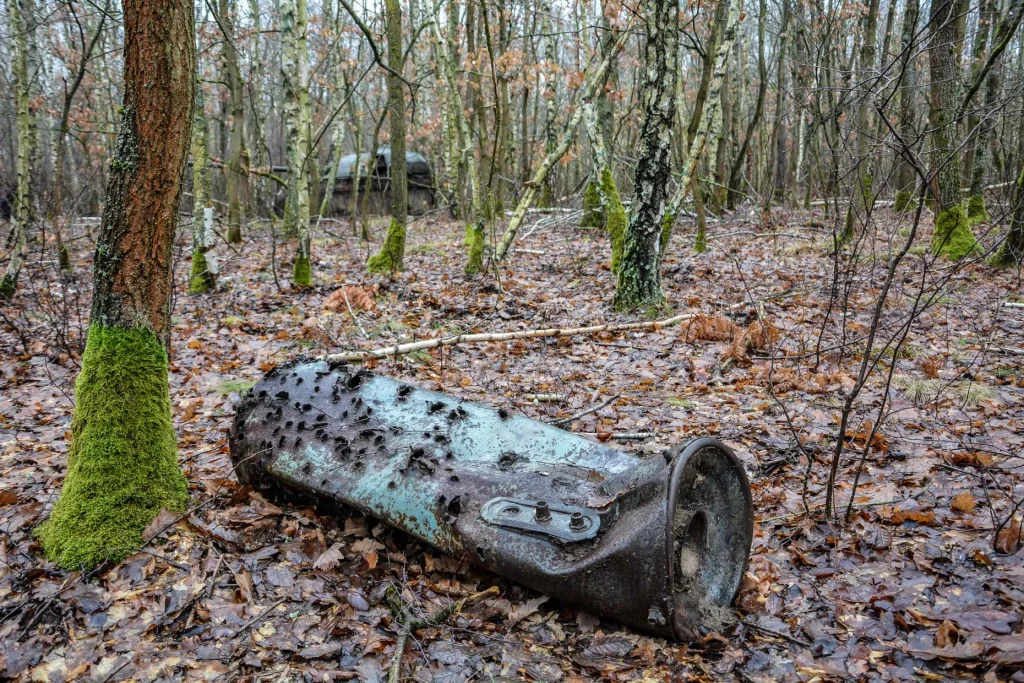
There is no mention of the address here, as there is on the forest tram. I’ve obviously indicated the Übungspanzer’s approximate position, and generally identifying it shouldn’t be too difficult for anyone who wants to go hunting for it*. A well-intended piece of advice: It’s quite easy to become lost in the woods, even in the fall and winter when the vegetation isn’t as dense. All of the trees in the forest seem the same, and the region appears to be safe.








